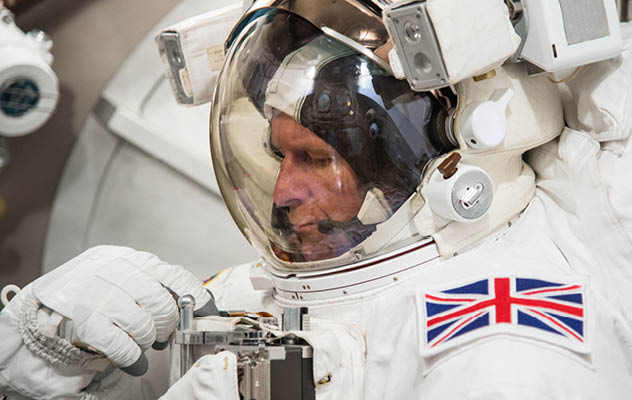
2015 is a big year for space. I’m not saying this just because the universe is expanding (so each year it is always bigger than the last). This year is big because not only do we have a solar eclipse on 20 March but also, in November, we have the first British ESA Astronaut going to the International Space Station. Tim Peake will be spending six months on the ISS, with some of his time dedicated to education.
Enriching the Primary Curriculum using Space and Astronomy will give participants the opportunity to find out more about the educational activities for primary aged children linked to Tim Peake’s mission. They will also take part in scientific enquiry in the theme of a Mars landing, and learn about new ways of teaching about the Earth and space. There will be an opportunity to view the night sky with telescopes and learn about how to safely observe the Sun, in preparation for the eclipse.
Space is a narrow part of the curriculum but it is an inspiring context to engage children in many areas of the curriculum. The residential course will look at links to literacy and numeracy through the Astroliteracy and Astromaths sessions, in addition to practical ways of teaching materials and changes of state using a space context. Participants will also have the opportunity to visit the revamped National STEM Centre library, with its new robotics display.
The National STEM Centre has a range of educational activities and space resources to use in conjunction with Tim Peake’s mission. The ESERO UK website also has a range of space resources for all levels.

